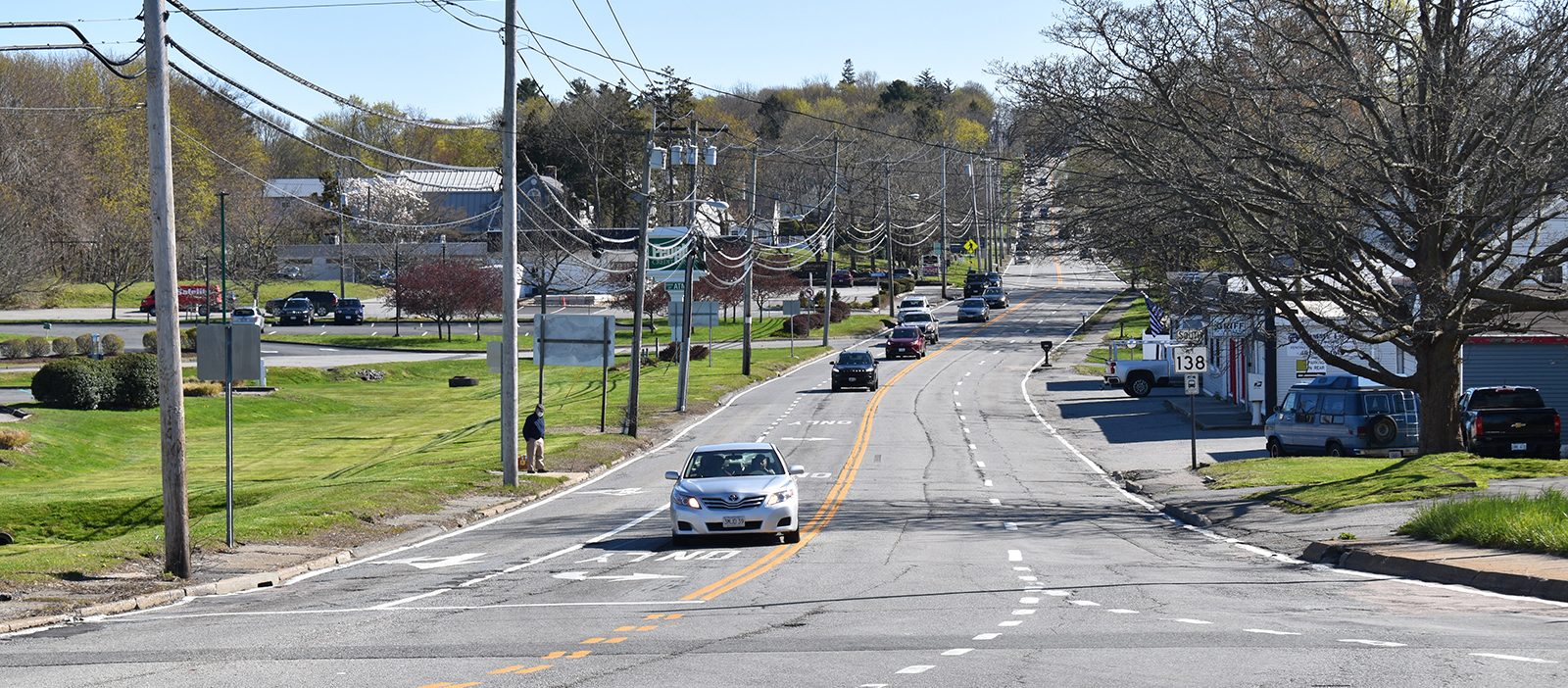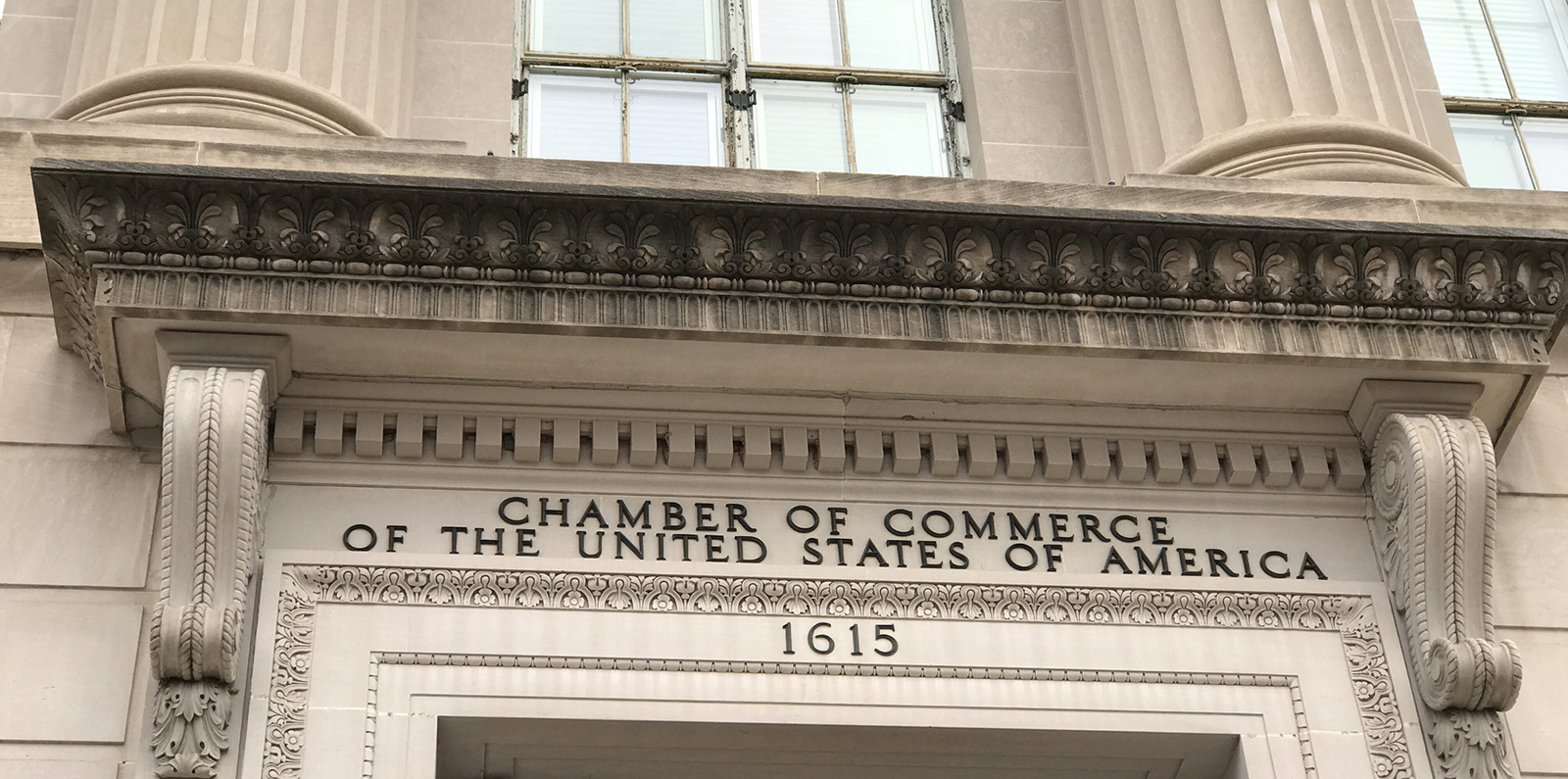Life in the Fast Lane is Slowly Killing Us
Covering green space with limitless gray and black has dulled, diminished life
December 7, 2023

Impervious surfaces cover, on average, nearly 30%, some 43 square miles, of the nine municipalities that make up Rhode Island’s urban core. Much of that hardened space was — and still is — built to accommodate automobiles.
This “habitat for cars,” as the Center for Watershed Protection, a Maryland-based nonprofit, calls it, birthed a human-built environment that has created urban heat islands, flooded neighborhoods, closed fishing holes and shellfish beds, polluted beaches, led to respiratory health problems, and helped cause a climate crisis.
Yet, we continue to bulldoze, clear-cut, cover, and otherwise trash priceless natural areas, such as forests, meadows, and wetlands. We replace this green with black and gray.
There’s about 3,200 square feet — the size of a large home — of constructed impervious surface per person in the United States, according to a 2007 study. For comparison, China has about 720 square feet of asphalt and concrete per person.
Two decades ago, satellite images revealed that impervious land surface across the United States totaled some 43,000 square miles, roughly the size of 35 Rhode Islands. We have since continued to coat the landscape in drab colors.
The United States annually spreads 27 million metric tons of petroleum-based liquid asphalt in paving, roofing, and construction, according to a 2020 study published in the journal Science Advances.
As much as 65% of the total impervious cover slathered across the U.S. landscape consists of highways, streets, parking lots, and driveways, according to the Center for Watershed Protection.
An estimated 94% of roads are paved with asphalt — a 19th-century technology that uses a crude-oil binder and releases harmful pollutants and carcinogens.
Bruce Ferguson, author of the 2005 book “Porous Pavements,” has noted that a quarter of a million U.S. acres are either paved or repaved every year.
When we’re done with the old pavement, it’s dumped and/or processed in communities lived in by the non-wealthy and people of color. In Rhode Island, that can mean piles of used asphalt and other discarded paving materials being stored illegally on Allens Avenue in Providence for three-plus years.
In a 2005 white paper titled “Paving Paradise: The Peril of Impervious Surfaces,” a researcher with the Wisconsin Department of Natural Resources said, “You see some truly insane things in this country. I’ve seen subdivisions with streets that are thirty to forty feet wide. That’s as wide as a two-lane highway. Most developers are going back to a twenty-five- to twenty-eight-foot width, but you can still see these huge streets.”
U.S. Geological Survey modeling estimates that 5.5% of developed land in the lower 48 states is covered by parking lots, from the parking-first design of big-box stores and strip malls to the sea of asphalt that surrounds many sports stadiums.
This jumbled ocean of black marked up in white and yellow paint is a significant source of pollution, such as engine oil, polycyclic aromatic hydrocarbons, heavy metals, and an assortment of other dregs of human existence.
The national road system, post-War World II sprawl, with its generous street dimensions and minimum parking requirements, and our mindless search for parking perfection are largely to blame for creating a transportation system that is built for single-occupancy travel.
Our obsession with the automobile — and thus asphalt and concrete — has even impacted our ability to house people, as Henry Grabar explained in his recent book Paved Paradise: How Parking Explains the World. He noted how the pathological compulsion for car storage has exacerbated some of our most acute problems, from housing affordability to the accelerating climate crisis.
“Parking requirements have helped to trigger an extinction-level event for bite-size, infill apartment buildings like row houses, brownstones, and triple-deckers,” he wrote. “The production of buildings with two to four units fell more than 90 percent between 1971 and 2021. The apartments that do get built are clustered in megastructures whose designs are dictated by parking placement.”
The country’s system of roads, bridges, overpasses, and tunnels witnesses about 8 billion vehicle miles traveled daily, according to the U.S. Department of Transportation. There are some 4 million miles of public roads in the United States and about 8 million lane miles.
The time is now to begin a vigorous and well-coordinated transition from parking and individual travel to more and better public transit.

When asphalt and concrete are poured over the natural world, soil is compacted, imprisoned, ruined; insects and microorganisms are suffocated; wildlife habitat is lost; rain and snowmelt can’t penetrate the earth and instead carry contaminants into the nearest waterbody.
The free ecological services the natural world provides — clean air, clean water, shade, protection from storms and flooding, biodiversity support — to sustain human health are stifled.
Thanks to our copious use of asphalt and concrete and our blatant disregard for the voiceless, extreme heat and flooding are particularly acute in low-wealth communities, which typically have far less green space and trees than wealthy, white neighborhoods.
And just as they connect, highways also divide. For example, the old and being-rebuilt 6-10 Connector has kept Providence’s Olneyville neighborhood isolated for seven decades.
Replacing asphalt and concrete with green space has other benefits beyond connecting communities, lowering summer heat, and reducing flood risk. Access to the natural world has been linked with lower stress levels, reduces air and noise pollution, and restores local biodiversity.
Rhode Island could start addressing its addiction to asphalt and concrete by banning cars from certain areas of Providence (Westminster Street and Kennedy Plaza/Burnside Park, perhaps). In that non-car space, introduce bicycle and pedestrian infrastructure, trees and other greenery, and business opportunities such as outside dining and performance areas.
It is time we collectively start thinking beyond acres of free parking, six- and eight-lane highways, fossil fuels, and the boring colors of car-friendly infrastructure.
Note: The 2020 study mentioned above found fresh asphalt — in roads, on roofs, and in driveways — is a significant, yet overlooked, source of air pollution. The study noted the material’s contribution to one kind of particulate air pollution (secondary organic aerosol) could rival or even exceed that of cars and trucks.
Frank Carini can be reached at [email protected]. His opinions don’t reflect those of ecoRI News.




Old asphalt is ground and used as sub base for roads. Its not discarded
Time to ban the building of parking lots,
This is so spot on. I’m wondering if there is an alternative to asphalt there is porous and non-toxic that we could promote.
Roads create barriers to movement they impact animal populations in many ways. One of these is through prohibiting gene flow. The destruction of habitat caused by roads is a major cause of extinction. Genetic and functional biosphere integrity is the planetary boundary that is in the worst situation. Repairing these systems is how to slow climate change.